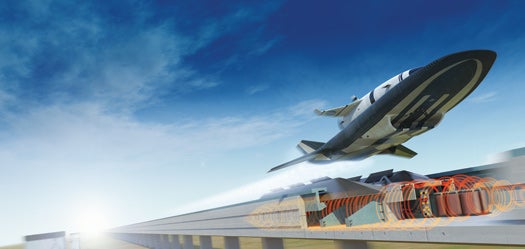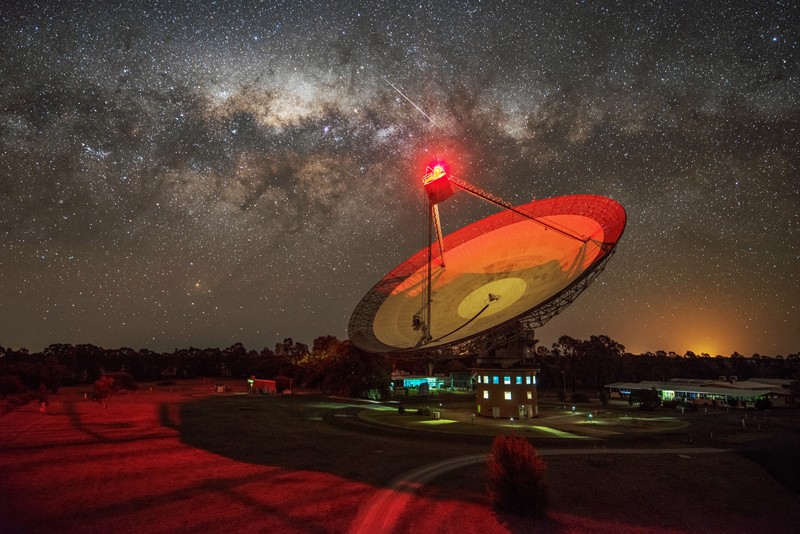Strange radio signals are coming from the direction of the centre of the galaxy and we aren’t sure what is emitting them. They turn on and off seemingly at random, and their source must be unlike anything else we have seen before.
The source of this radiation has been nicknamed “Andy’s object” after Ziteng Wang at the University of Sydney in Australia, who goes by the name Andy and first discovered the radio waves. He and his colleagues spotted the emissions six times in 2020 using the Australian Square Kilometre Array Pathfinder radio telescope. They made further observations with the MeerKAT radio telescope in South Africa.
The researchers found that the object occasionally flared for up to a few weeks, but was dark most of the time. When it finally lit up again in February this year, several months after the initial detection, they pointed some of the most powerful non-radio telescopes we have at it and saw nothing. “We’ve looked at every other wavelength we can, all the way from the infrared to optical to X-rays, and we see nothing, so it doesn’t seem to be consistent with any kind of star that we understand,” says David Kaplan at the University of Wisconsin-Milwaukee, who was part of the research team. The fact that it wasn’t visible in any other wavelengths ruled out several possible explanations for this object, including normal stars and magnetars, which are neutron stars with powerful magnetic fields. [more at the link]
https://www.newscientist.com/articl...ng-radio-waves-from-the-centre-of-the-galaxy/
The source of this radiation has been nicknamed “Andy’s object” after Ziteng Wang at the University of Sydney in Australia, who goes by the name Andy and first discovered the radio waves. He and his colleagues spotted the emissions six times in 2020 using the Australian Square Kilometre Array Pathfinder radio telescope. They made further observations with the MeerKAT radio telescope in South Africa.
The researchers found that the object occasionally flared for up to a few weeks, but was dark most of the time. When it finally lit up again in February this year, several months after the initial detection, they pointed some of the most powerful non-radio telescopes we have at it and saw nothing. “We’ve looked at every other wavelength we can, all the way from the infrared to optical to X-rays, and we see nothing, so it doesn’t seem to be consistent with any kind of star that we understand,” says David Kaplan at the University of Wisconsin-Milwaukee, who was part of the research team. The fact that it wasn’t visible in any other wavelengths ruled out several possible explanations for this object, including normal stars and magnetars, which are neutron stars with powerful magnetic fields. [more at the link]
https://www.newscientist.com/articl...ng-radio-waves-from-the-centre-of-the-galaxy/



 . Unfortunately the accelerator would (theoretically) work only going down and not up...
. Unfortunately the accelerator would (theoretically) work only going down and not up...


